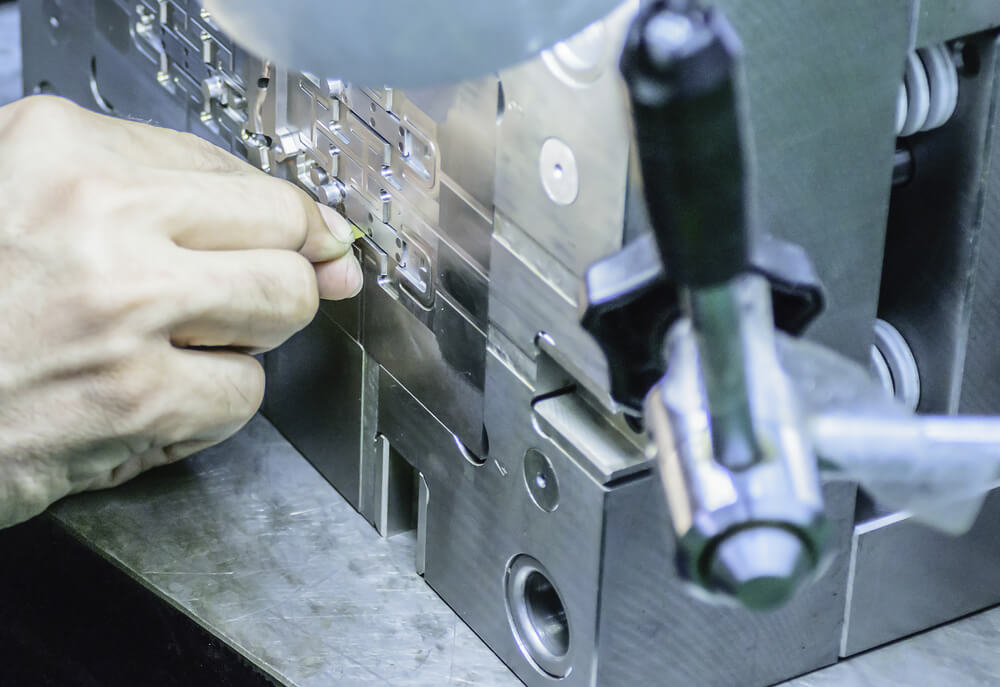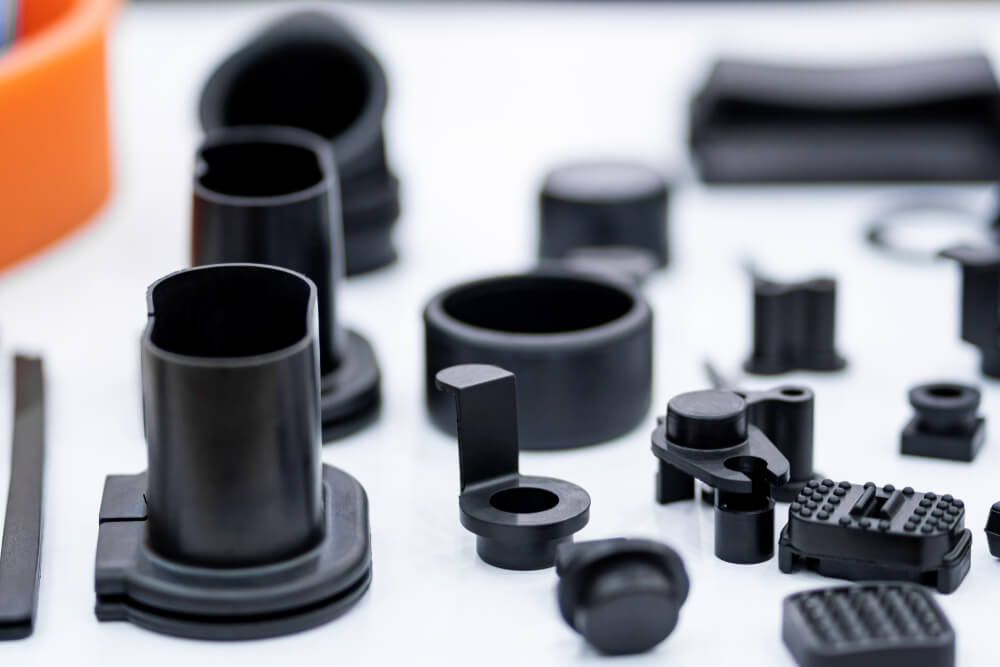One of the most prevalent injection molding flaws is flash. Dealing with flash defect in injection molding is straightforward; however, it necessitates more resources and reduces overall process efficiency. It can degrade product quality and even ruin the mold, leading to increased expenses and other losses. This post will explain several effective ways to reduce this flaw in injection molding projects.
What Is Flash Defect in Injection Molding?
Mold flash is a thin film of plastic flowing outside of the cavity. This undesired material frequently escapes from the mold cavity near the parting line where the two parts of the injection mold meet.
Flash defect in injection molding occurs when the item has surplus plastic on the parting line, a border, or any other region where distinct forms and sections of the mold come together.
Flash defect in injection molding is most commonly observed on the parting line. However, it also impacts other parts of the product. Its causes and consequences are the same regardless of where it occurs.
Consequences of Flashing Defect in Injection Molding (or Mold Flash)
When a flashing defect in injection molding happens, the manufacturer must remove it by manual "deflashing." This step requires the operations workers or robots to trim off excessive material in between cycles. This process takes time and is quite labor-intensive.
Flashing defects in injection molding can also lower product quality and, in the long run, harm the mold, resulting in increased expenditures. Therefore, the fundamental causes of flashing defects must be identified and addressed.
Flashing Defect in Injection Molding: Prevention and Reduction
It is undeniable that flashing injection molding prevention is critical since it could lead to several functional issues and cosmetic concerns. However, by sticking to some principles and best practices, effective prevention or reduction of flash defects is certainly achievable.
Clean off obstructions or contaminants to improve mold seal
The mixture of dirt, residue and other impurities stuck in the mold is the most common reason for parting line mismatch.
Moreover, microparticles in constricted mold cavities can create overpacking that exacerbates the part's overall flaws.
Keeping your mold clean and well-maintained might assist in diminishing the risk of these problems and providing the most splendid outcomes.
Lower the melt and mold temperature to prevent overheating
Contaminants in materials are not the only things that can lead to flash defects in injection molding. The temperature of the barrel and the nozzle also take part in altering the density of the melt material.
High barrel temperatures raise the temperature of the melt substance, increasing its fluidity, causing the fluid to leak easily and vulnerability to flash.
Furthermore, at higher temperatures, the melt (more fluid than allowance) may penetrate narrow pores and crevices that it would not naturally be able to enter at the proper viscosity.
Lowering the barrel and nozzle temperatures to the suggested material temperatures will let the material be adequately heated through the various phases of the barrel, reducing the risk of flash defects in injection molding.
Adopting optimal plastic injection technology machines like mold temperature controllers and water/air chillers can ensure accurate and stable temperatures in the production lines.
Improve ventilation in molds
Inadequate venting in the mold might result in flash defect injection molding. To identify or eliminate incorrect venting as a source of mold flash, manufacturers can refer to the following two methods:
Compare the mold vent size to the plastic resin supplier's recommendations to obtain the appropriate vent diameters. If the current vents' size is inappropriate, make adjustments correspondingly. And if the tool is old and worn out, renovate it if necessary.
In detail, the removal of air from the mold can be done as quickly as feasible by making vents as deep as the material viscosity allows.
The viscosity of molded plastic can help determine the depth of the vent. Deeper vents can be operated for stiff materials, whereas narrower vents are suitable for fluid materials.
Ensure adequate clamping pressure in packing and holding
Even if you have the ideal mold design and eliminate all impurities, mold flash might still occur when dealing with inappropriate clamping pressure or excessively complicated forms.
Pressure reduction lessens the tendency of the flashing defects. Applying too much pressure can cause the press to fail in keeping the mold closed. Also, lowering the injection and packing pressures will reduce the requirement for clamping force.
Additionally, minimizing the region where the two mold halves connect will focus the clamping force and allow using less clamp tonnage. Remember to maintain the clamp pressure at the correct rank to keep the mold pieces closed during shoots.

Reduce shot weight or reduce feed setting
Viscosity is a feature of any liquid that allows it to flow, and it is a crucial factor in the injection molding process. Lower viscosity indicates that the molten flow will quickly flow out of the mold shape and will have flash deformities.
Temperature, material properties, pressure, wall thickness, and speed all affect the viscosity of the melt material. For example, thin-walled items may require an easy-flow resin, whereas thick-walled ones may demand a stiffer resin.
Therefore, reducing shot weight or reducing feed setting according to the material type and mold design can also reduce the likelihood of flash defects in injection molding.
Moreover, any injection molding system will have size and geometric constraints. If overfilling molten plastic, the injection pressure will naturally exceed the clamping pressure, resulting in leaks. This action would raise the probability of flashing and other defects in injection molding.
Ultimately, relevant adjustments should be executed with caution, particularly when modifying the feed setting. An improper setup might lead to another type of defect in injection molding.
Eliminate Flashing and Other Molding Defects with Our Solutions
Fortunately, with Flying Tiger's assistance, manufacturers can completely manage the great majority of causes—such as more effective and efficient mold temperature control—of flash defects in injection molding.
By owning well-established expertise, innovative technology, and years of experience, Flying Tiger can bring clients a total solution to minimize error and waste in plastic injection production lines.
Contact us now to receive well-tailored and customized solutions for your business problems!
Back







